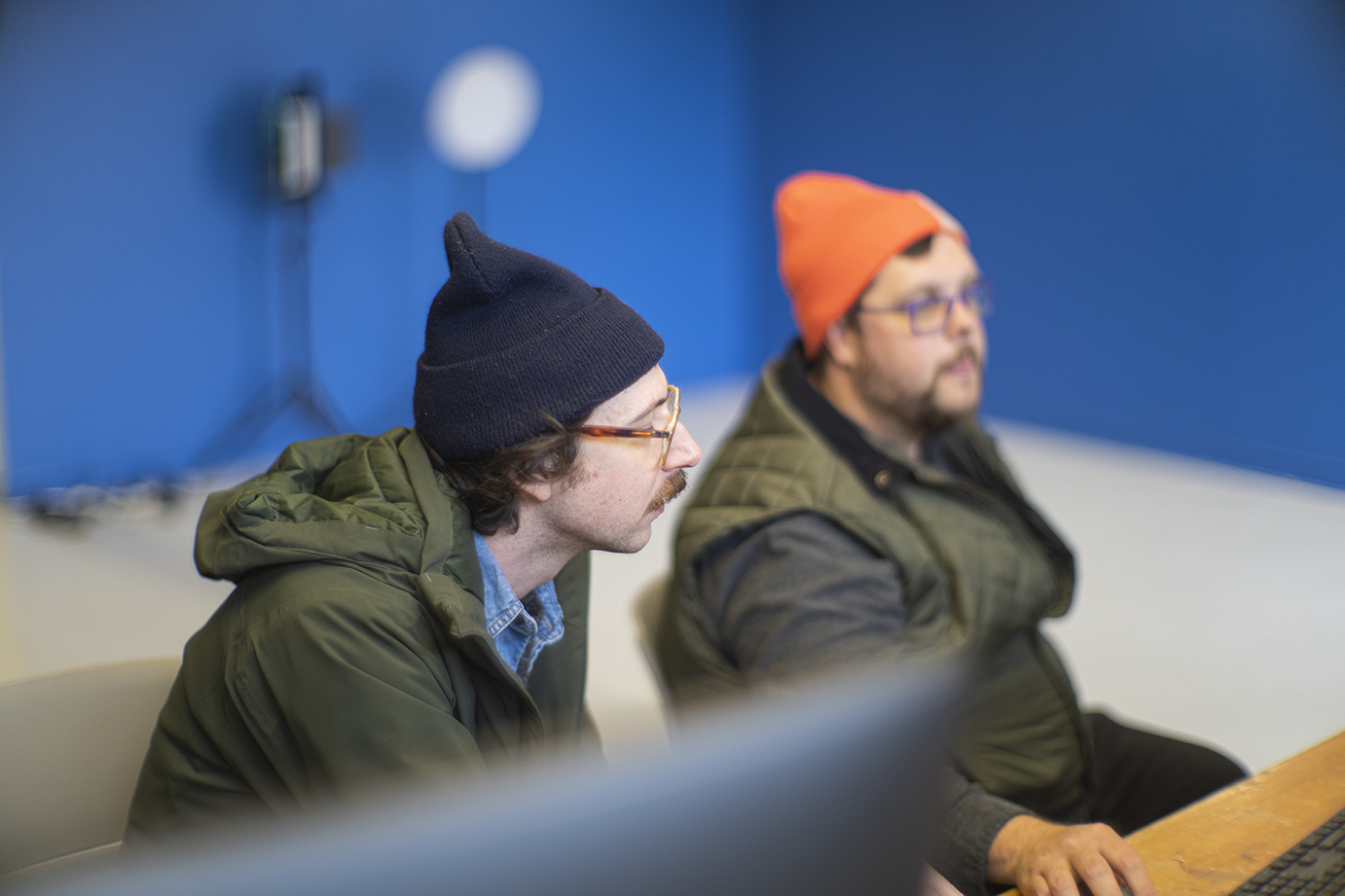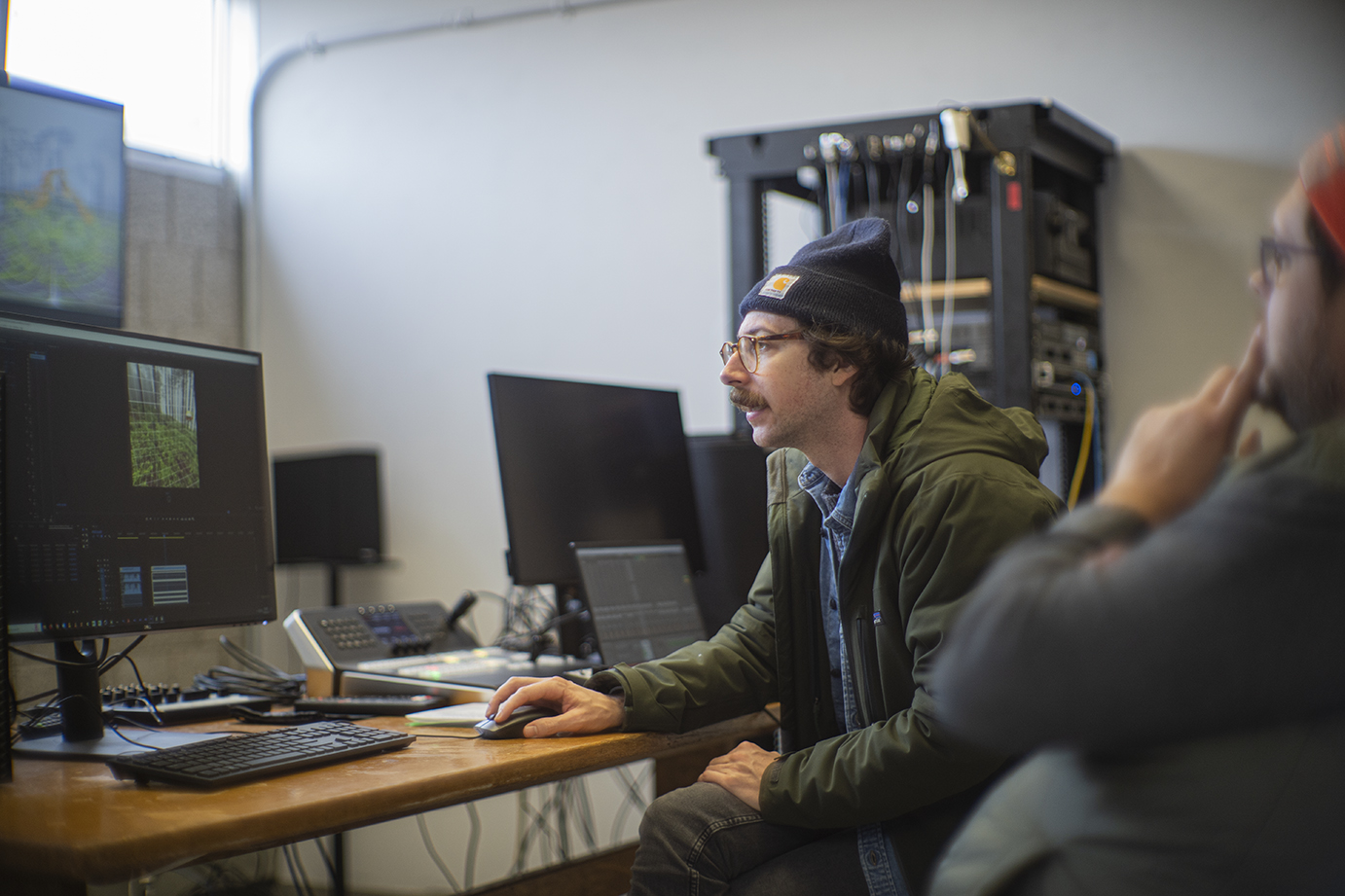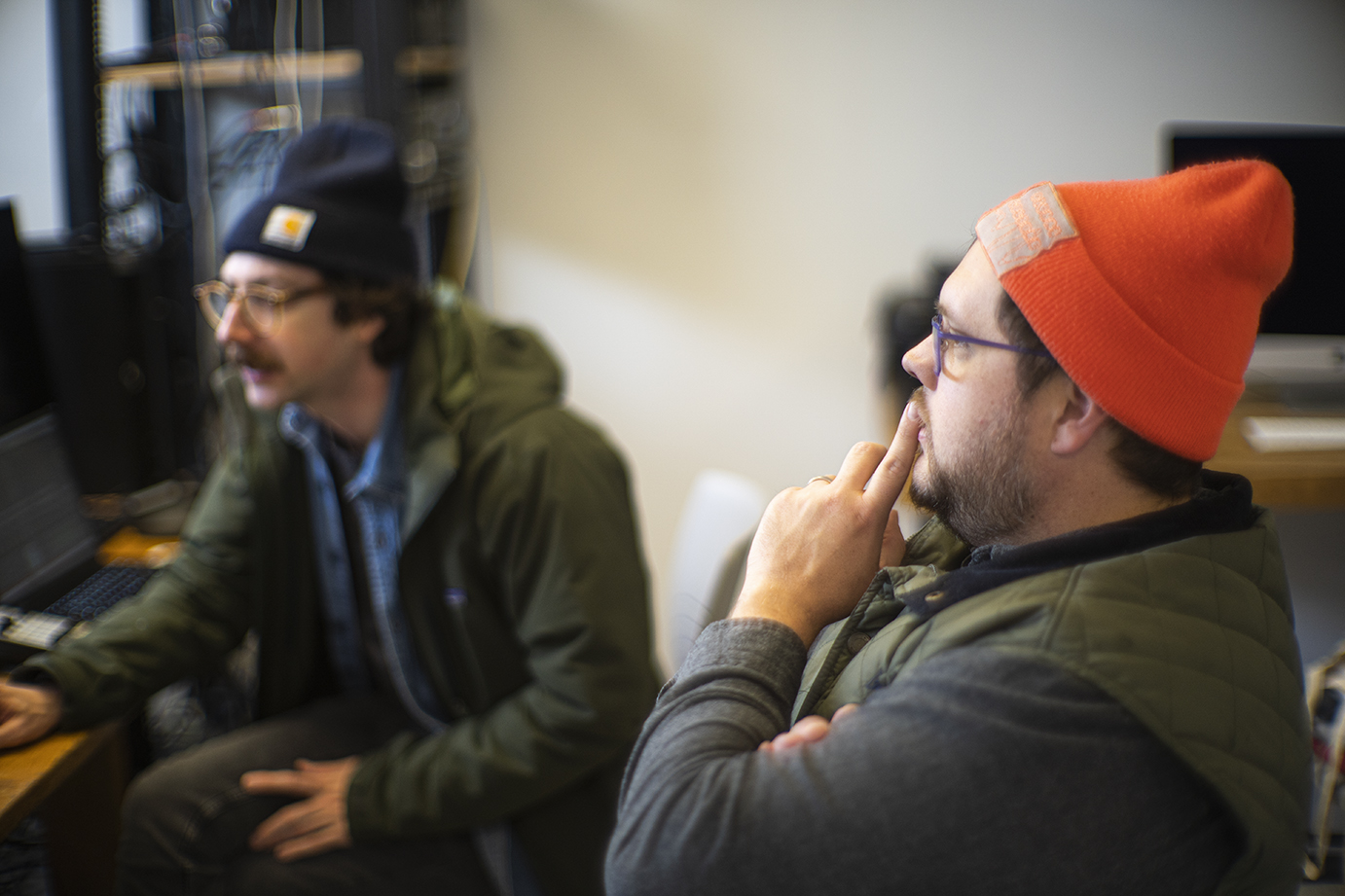October 17, 2022
Matthew D. Gantt is an artist, composer, and educator based in Troy, NY. His practice focuses on sound in virtual spaces, generative systems facilitated by idiosyncratic technology, and digital production presets as sonic readymades. He worked as a studio assistant to electronics pioneer Morton Subotnick from 2016 – 2018, and has been an active participant in the New York creative community, presenting or performing at spaces such as Pioneer Works, Issue Project Room, Roulette, Babycastles, New Museum, SVA Visible Futures Lab, Panoply Performance Laboratory, and countless DIY venues across the US as well as abroad.
Gantt releases music with Orange Milk and Oxtail Recordings, and has taught experimental composition at both institutional and DIY spaces, including NYC non-profit/public media studio Harvestworks, CUNY Brooklyn, Bard College, Sarah Lawrence, and a variety of community workshops aimed at creating equitable access to developing technologies. Gantt’s work has been featured in The Wire magazine, Pop Matters, Exclaim!, Tiny Mix Tapes, Bandcamp New and Notable, the Brooklyn Rail and similar.
Simulations 1 – [x] are initial experiments for a suite of virtual environments and simulated ‘sonic landscapes’ to be built via real-time interface between the Unreal Engine (UE4/5) game engine and Alfred’s extensive analog facilities. These pieces are designed for eventual presentation as multichannel audiovisual works at the Alfred immersive gallery space or similar (or with virtual reality headset).
Building on my previous research bridging 3D game engines with experimental media tools and techniques (generative analog synthesis, CV/OSC modulation, video processing, Max/MSP, etc), this project hopes to explore and activate the unique affordances of the Alfred Integrated Arts studio(s). Techniques explored include texturing 3D/virtual objects with the Sandin Image Processor, creating CV/OSC modulation and sonic accompaniment via the Alfred eurorack system(s), and live video/visual feedback between physical and virtual space.
These simulated environments are intended to function as a kind of cybernetic system, as data from the virtual constructions (object position, motion, physics interaction, etc) can be fed to analog equipment via OSC -> CV, and modulation, sequences, and generated audiovisual material may be streamed to the 3D environments themselves, creating a real-time feedback control loop resulting in a series of evolving or emergent media landscapes. – Matthew Gantt
Simulations, Work Sample I.
Simulations, Work Sample II.

Matthew being shown an overview of the studio and Unreal Engine Interface by Media Projects Director Eric Souther, I.

Matthew being shown an overview of the studio and Unreal Engine Interface by Media Projects Director Eric Souther, II.

Matthew being shown an overview of the studio and Unreal Engine Interface by Media Projects Director Eric Souther, III.
